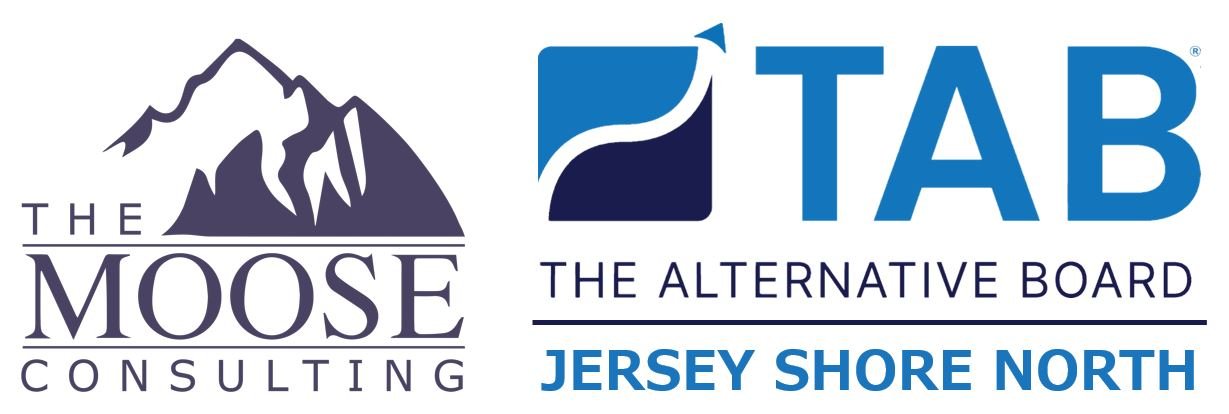Hope Actually Is a Business Strategy
As a business owner, you have certainly heard it said before. Hope is not a business strategy.
The assertion is mostly true. Crossing one’s fingers and wishing for the best will simply never move the needle forward, in good times nor in bad.
But I would argue that whoever penned the pithy statement only got it half right. Because while our hopes and dreams may not be actual business strategies, they can indeed be incredibly potent catalysts for action.
And action is the lifeblood of strategy.
So feel free to use a different word for hope. Let’s call it positivity. Or promise. Or expectation or ambition or aspiration or heart.
Hope is what got many business owners through the throes of trying to run and grow their businesses - or simply stay afloat - during these last couple of years of painful pandemic protocols, supply chain issues, the Great Resignation, and nasty inflation.
Hope is what moves innovators to innovate, struggling businesses to pivot, and even serial entrepreneurs to make their next big move. Hope of creating new leads or closing new deals is what gets business owners and salespeople out of bed in the morning. It is even argued by some that hope is what truly drives the stock market.
As we continue to move forward into 2022, it is time to include hope as a very necessary component of your business strategy. Let’s start by reflecting on how hope can bolster the top three steps of building a business strategy, which are determining your Vision, defining your Target Market, and identifying your Competitive Advantage.
Hope Enhances Company Vision
A Vision Statement is a foundational element and often square one of your overall business strategy. Your Vision Statement is a grand, future-facing, tangible declaration of where you desire your business to be in 5, 10, or 20 years down the road. A powerful Vision Statement clearly defines the long-term goals of your business – and what are goals if not the very essence of hope and action.
Be sure to infuse lofty ambitions into your Vision Statement. Dream big. Further down the business strategy process, you will create a roadmap that will get you there.
Hope and Your Target Market
Getting a bead on your current Target Market is another essential facet in building your business strategy. Having a comprehensive understanding of your Target Market, whether it be mass or niche, creates opportunities down the line for expansion into new markets. Growth and market expansion are the epitome of hope-turned-action.
As you incorporate your Target Market data into your business strategy, consider making a wish list of new markets you hope to conquer in the coming months or years.
Hope As a Competitive Advantage
You know what you and your business do well – those things that make you unique in an often-crowded space. You also may tacitly understand how your competitors outperform you or what makes them special. Your competitive advantages and shortcomings will likely be reflected in multiple sections of your business strategy. And while those competitive strengths may give you an edge, your weaknesses may deliver even more opportunity for growth. This is where the hope comes in.
By identifying your competitive liabilities, then ideating ways to overcome them, hope once again drives success and enhances competitive edge.
Moving Your Business Forward with Hope
By maintaining an optimistic, hopeful approach to business strategy and goalsetting, business owners can aim higher, dream bigger, and better position themselves for sustained success, even during volatile market conditions. Now who was saying hope is not a business strategy?
Here’s to hoping you and your business continue to embrace the opportunities that await.
Contact me today to learn how hope and having a good plan will take your business to the next level.
